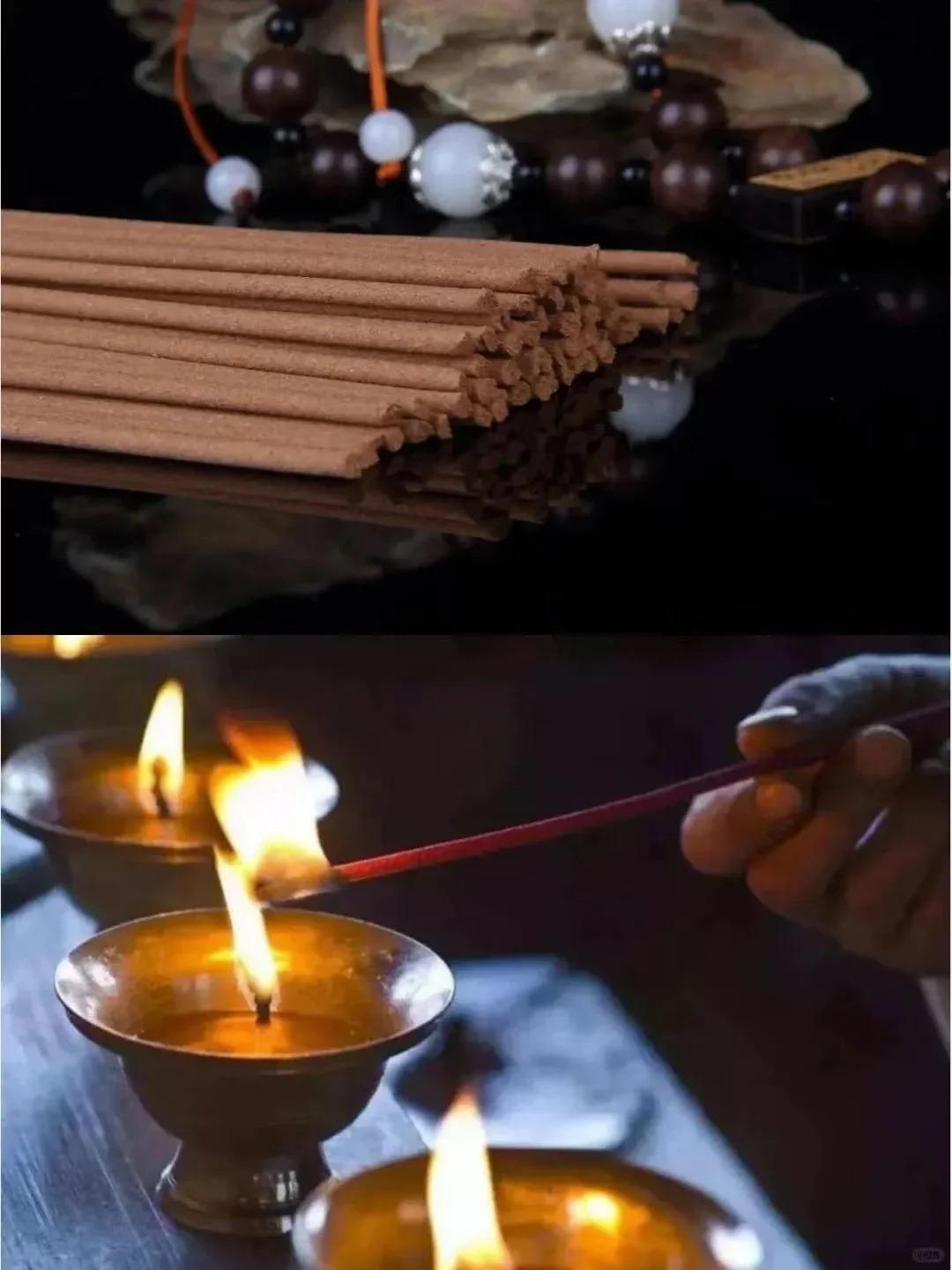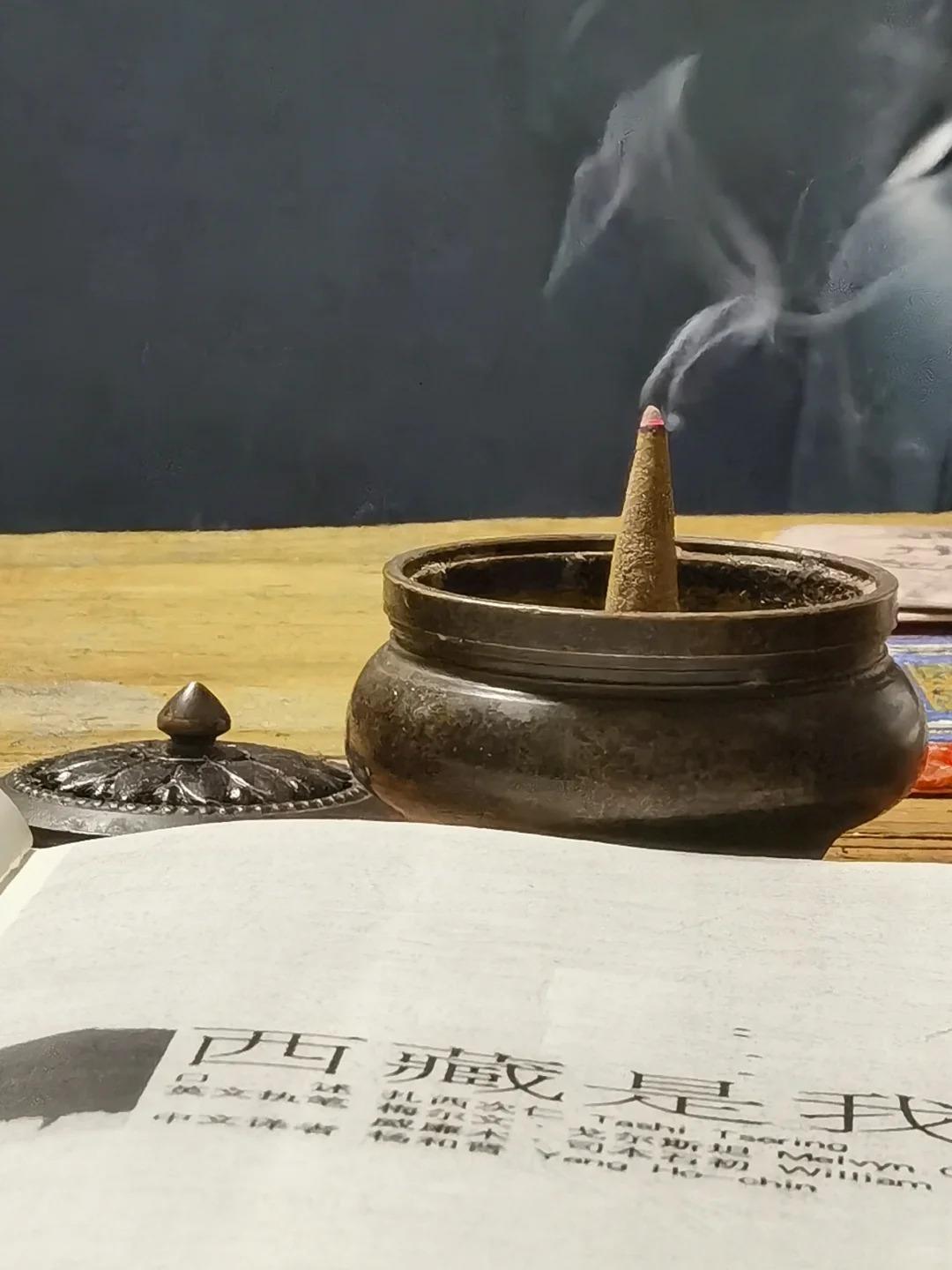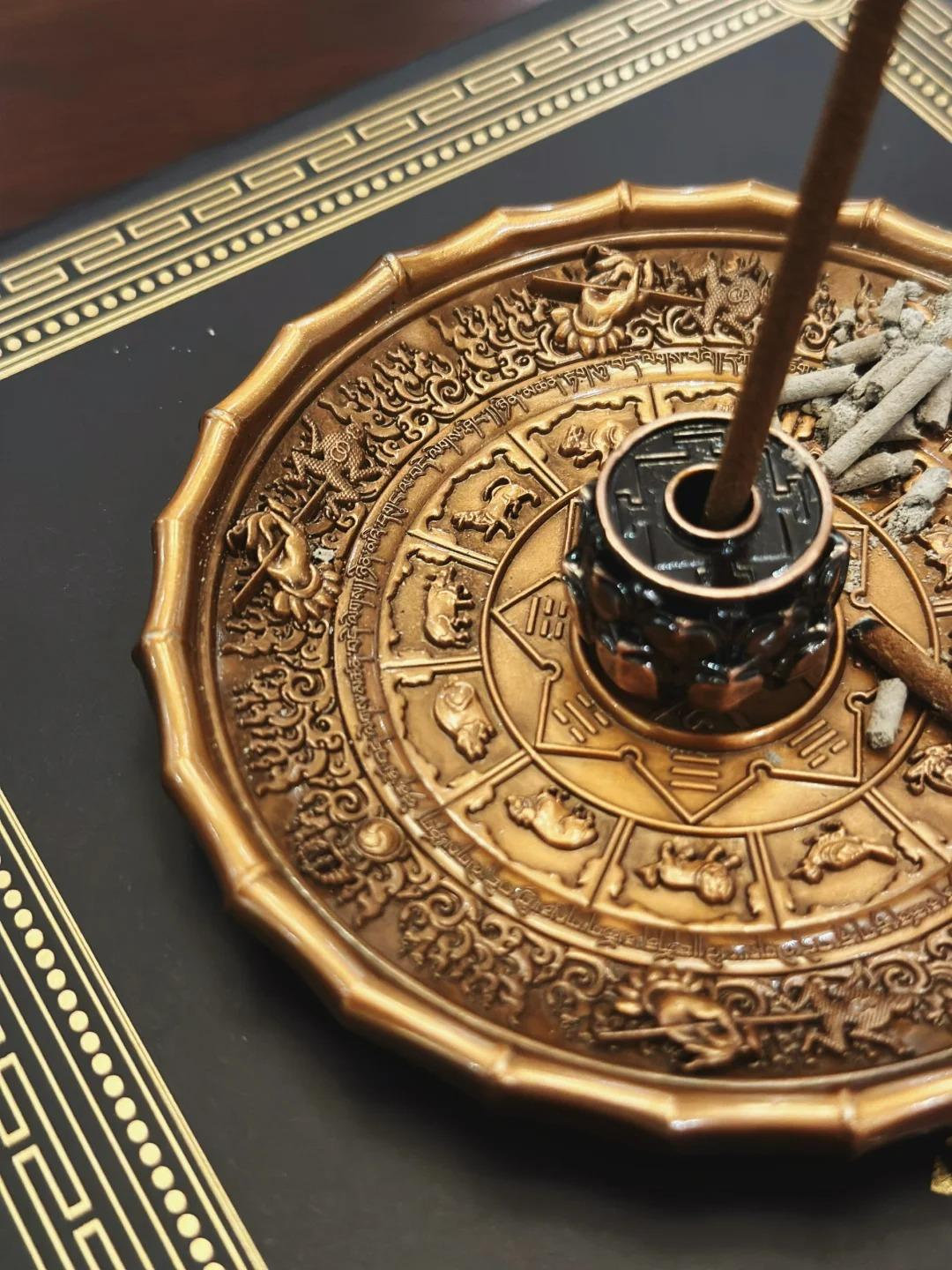Introduction to Tibetan Incense
In the high-altitude realm of Tibet, where the air is thin and the spiritual atmosphere is thick, incense has played a pivotal role for centuries. Tibetan incense, known as “sang” or “poe,” is not merely a fragrant substance but a bridge between the earthly and the divine.
Originating from ancient Bon traditions and later incorporated into Tibetan Buddhism, incense in Tibet has evolved into a unique art form. Unlike its counterparts in other parts of Asia, Tibetan incense is characterized by its:
- Natural, often medicinal ingredients
- Lack of bamboo core in stick form
- Rich, complex aromas that evolve as they burn
This sacred smoke has wafted through Tibetan history, carrying prayers, purifying spaces, and healing bodies and minds.
Types of Tibetan Incense
Tibetan incense comes in several forms, each with its own purpose and method of use:
| Type | Description | Use |
|---|---|---|
| Stick Incense | Coreless sticks made of compressed herbs and woods | Common in daily rituals and meditation |
| Rope Incense | Thick, rope-like incense often used outdoors | Ceremonial use, especially in monasteries |
| Powdered Incense | Loose mixture of ground ingredients | Used on incense burners, often in medicine |
Stick incense is the most commonly encountered form, especially among modern users. Rope incense, with its longer burning time, is often seen in large-scale ceremonies. Powdered incense allows for custom blends and is frequently used in Tibetan medicine.
Ingredients and Production
The heart of Tibetan incense lies in its natural ingredients, which can include:
- Juniper
- Rhododendron
- Sandalwood
- Saffron
- Medicinal herbs like nagi and agar-wood
Traditional production methods involve grinding these ingredients into a fine powder, mixing them with water to form a paste, and then shaping the paste into sticks or ropes. The incense is then dried in the sun or shade, depending on the recipe.
Regional variations exist, with different areas of Tibet incorporating local plants and following unique recipes passed down through generations. There’s growing concern about the sustainability of some rare ingredients, leading to efforts to cultivate these plants and find alternatives.

Spiritual and Medicinal Uses
In Tibetan Buddhism, incense is one of the traditional seven offerings to the Buddha. It’s used to:
- Purify the environment before rituals
- Aid in meditation by creating a focused atmosphere
- Carry prayers and intentions to higher realms
Tibetan medicine utilizes incense for its therapeutic properties. Different blends are believed to:
- Balance the body’s humors
- Alleviate specific ailments
- Promote overall well-being
The act of burning incense is itself considered a form of meditation, with the changing scents encouraging mindfulness and presence.

Incense in Daily Tibetan Life
In Tibetan homes and monasteries, the burning of incense is a daily practice. It’s often the first ritual of the day, performed to purify the space and set positive intentions.
During festivals like Losar (Tibetan New Year), special incense blends are burned to usher in good fortune. Incense is also a common offering at shrines and sacred sites, where pilgrims light sticks as a form of devotion and to accumulate merit.
Cultural etiquette surrounding incense use includes:
- Always burning incense in a clean, respectful environment
- Avoiding wasteful burning
- Never using incense as a mere air freshener

Modern Appreciation and Global Popularity
The unique properties of Tibetan incense have garnered worldwide attention. Its natural ingredients and complex scents appeal to those seeking alternatives to synthetic fragrances.
Modern users appreciate Tibetan incense for:
- Aromatherapy benefits
- Aid in yoga and meditation practices
- Creating a calming atmosphere in homes and workspaces
A growing community of incense enthusiasts collects and studies various Tibetan blends, much like wine connoisseurs. This has led to increased awareness of the cultural significance and artisanal nature of Tibetan incense production.
Practical Information for Travelers
For those wishing to experience authentic Tibetan incense:
- Where to buy: The Barkhor area in Lhasa offers numerous shops selling high-quality incense. Monasteries often sell their own blends.
- How to burn: Use a heat-resistant incense holder. Light the tip, let it flame for a few seconds, then gently blow it out to allow it to smolder.
- Bringing incense home: Check customs regulations; some countries restrict plant-based products.
When visiting Tibetan cultural sites, observe how incense is used in daily rituals. Many monasteries and temples welcome visitors to participate in incense offerings, providing a deeply immersive cultural experience.
Tibetan incense, with its rich history and complex aromas, offers more than just a pleasant scent. It provides a tangible connection to Tibet’s spiritual traditions, a natural approach to well-being, and a meditative tool for modern life. Whether used in a traditional ceremony or as part of a contemporary wellness routine, Tibetan incense continues to weave its aromatic magic, bridging ancient wisdom with present-day practices.








